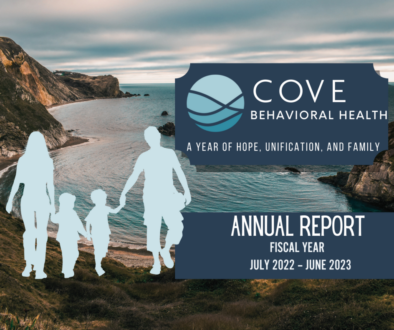Risks and Factors of Suicide
Many Factors Contribute to Suicide Risk.
A combination of situations could lead someone to consider suicide. Risk factors increase the possibility of suicide, but they might not be direct causes.
Risk Factors:
Individual:
- Previous suicide attempt
- Mental illness, such as depression
- Social isolation
- Criminal problems
- Financial problems
- Impulsive or aggressive tendencies
- Job problems or loss
- Legal problems
- Serious illness
- Substance use disorder
Relationship:
- Adverse childhood experiences such as child abuse and neglect
- Bullying
- Family history of suicide
- Relationship problems such as a break-up, violence, or loss
- Sexual violence
Community:
- Barriers to health care
- Cultural and religious beliefs such as a belief that suicide is noble resolution of a personal problem
- Suicide cluster in the community
Societal:
- Stigma associated with mental illness or help-seeking
- Easy access to lethal means among people at risk (e.g. firearms, medications)
- Unsafe media portrayals of suicide

Suicide Can Be Prevented.
There are some individual characteristics and things we can do in communities that may help protect people from suicidal thoughts and behavior. There is not as much research about these protective factors as there is about risk factors, but identifying and understanding them is very important.
Protective Factors:
- Coping and problem-solving skills
- Cultural and religious beliefs that discourage suicide
- Connections to friends, family, and community support
- Supportive relationships with care providers
- Availability of physical and mental health care
- Limited access to lethal means among people at risk
This article is attributed to the CDC, for more information click here.






